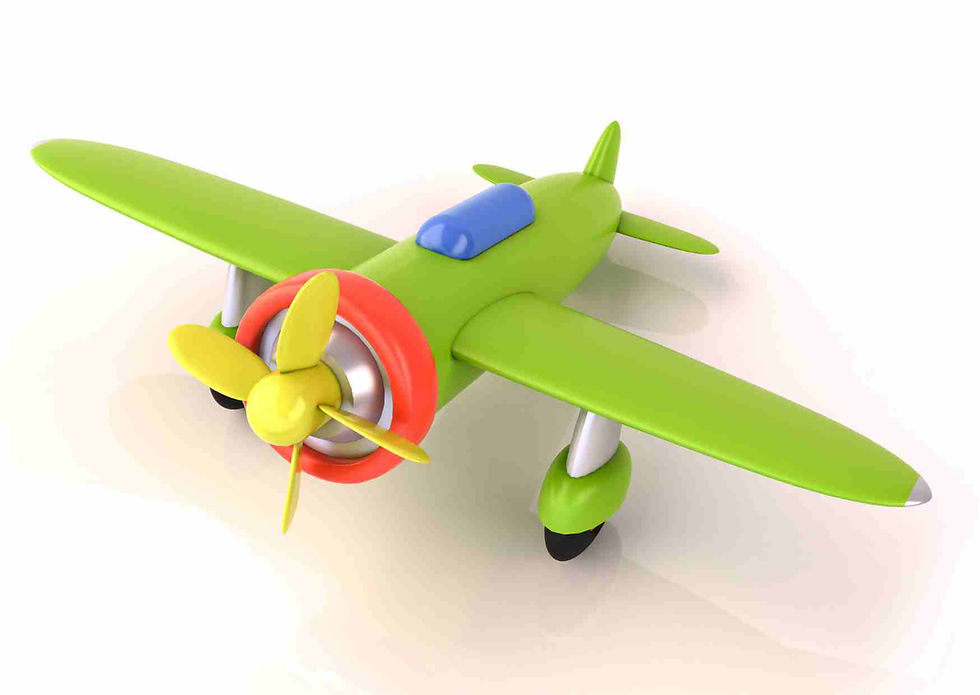"A BEGINNER'S GUIDE TO WINE PAIRING": DE MODE GLOBAL
- DE MODE

- May 16, 2023
- 3 min read
ORIGINALLY PUBLISHED IN DE MODE
Article Published on: 16 MAY 2023 | www.demodemagazine.com
Wine is an integral part of many meals, and pairing it with the right food can elevate the dining experience to a whole new level. However, for beginners, the world of wine pairing can be intimidating and overwhelming. In this beginner's guide to wine pairing, we'll cover some basic tips to help you navigate the world of wine and food.
Consider the weight of both the food and the wine
When it comes to wine pairing, the weight of the food and the wine is an important factor to consider. Light-bodied wines, such as Pinot Noir and Sauvignon Blanc, pair well with light dishes such as salads, fish, and white meats. On the other hand, full-bodied wines such as Cabernet Sauvignon and Malbec pair well with heavier dishes such as red meat, stews, and pasta dishes.

Match the acidity of the wine with the acidity of the food
Acidity is another important factor to consider when pairing wine and food. Wines with high acidity, such as Sauvignon Blanc and Riesling, pair well with acidic foods such as salads, tomatoes, and citrus fruits. Wines with lower acidity, such as Chardonnay and Pinot Noir, pair well with foods that are less acidic, such as creamy sauces and buttery dishes.

Consider the flavor profile of the wine
The flavor profile of a wine can also impact its pairing potential. Wines with bold flavors, such as Cabernet Sauvignon and Syrah, pair well with foods that have strong flavors such as grilled meats and spicy dishes. Lighter wines with more subtle flavors, such as Pinot Noir and Chardonnay, pair well with more delicate dishes such as fish and poultry.
Think about regional pairings
Wines are often closely tied to the regions in which they are produced, and many traditional wine and food pairings have evolved over time in these regions. For example, Italian Chianti pairs well with tomato-based pasta dishes, while Spanish Rioja pairs well with grilled meats and chorizo. Exploring these regional pairings can be a great way to discover new and interesting wine and food combinations.

Don't be afraid to experiment
While there are some general guidelines for wine pairing, ultimately, it's all about personal preference. Don't be afraid to experiment with different wine and food combinations to find what works best for you. Taste the wine and the food separately, then try them together to see how they interact. You might be surprised at some of the pairings that work well together.

Consider the occasion
Finally, consider the occasion when choosing a wine to pair with your meal. If it's a casual dinner with friends, a more affordable and easy-drinking wine might be appropriate. If it's a special occasion or a fancy dinner party, a more expensive and complex wine might be more appropriate. Keep in mind that price isn't always an indicator of quality, and there are plenty of affordable wines that pair well with food.
Some classic wine and food pairings to try:
Chardonnay with roasted chicken or seafood
Pinot Noir with grilled salmon or mushroom risotto
Cabernet Sauvignon with steak or lamb
Sauvignon Blanc with goat cheese or grilled vegetables
Riesling with spicy Asian dishes or grilled sausages
In conclusion, wine pairing is all about finding the right balance between the flavors of the food and the wine. By considering the weight, acidity, and flavor profile of both the wine and the food, as well as the occasion, you can create delicious and memorable dining experiences. Don't be afraid to experiment and try new things – after all, wine pairing is an art, not a science!



Comments